CHARACTERISTICS OF THE ARCHITECTURE/ART OF THE
“PAST”. CURRENT CONCEPT OF BEAUTY.
In the first place, it is important to mention that every facet will be related in some way to the past, to give us space to compare as well as to project our vision to the future. For example, a clear example will be the huge difference between the gothic era from 12th to 16th century, to constructivism, the most recent architectural current in the 19th century; the great ornamentation in cathedrals to a simplest external structure giving importance to the functionality and clean planes. It is extremely connected with the beauty in architecture. Nowadays, the fewer things the better. We think that this is going to increase; the simplicity and the openness in the space will take more power in our buildings. The oldest houses will be reformatted with a demolition of walls with neutral warm colours in the furniture such as white or grey, built-in wardrobes and its figurines will disappear. The new houses will be constructed with this openness incorporated, a minimum of things and furniture to follow the minimalist art that have been seen these days in new projects, TV shows and others. One clear example of minimalism will be the mini houses that are going to expand their territory due to this tendency.

DISCOVERIES
As we all know, the future is full of new technologies that will be available in some years from this point onwards. This advance will have an important impact on architecture as well as on its producers, as the majority of these technologies will improve the work and efforts made. Digging into the designing process we will be able to count on artificial intelligence. Incorporating this phenomenon will let us have trained computers that will have the capacity of learning from past modifications, therefore this process will be speeded up. In fact, applications of automated floor plan designs might also be launched, which would give us
different floor plans that fit with the perimeter we need them to, within minutes.
Continuing with the building process we have robots. Including them as machines in the construction process will provide speed, thanks to their precision, and new structural possibilities, as they will be capable of generating complex multifunctional geometries that are not possible nowadays.
And last but not least, architects will be able to experiment new structures and shapes with the 3D Scanner, which will give them the opportunity of keeping a closer eye on the material’s behavior while processing it.
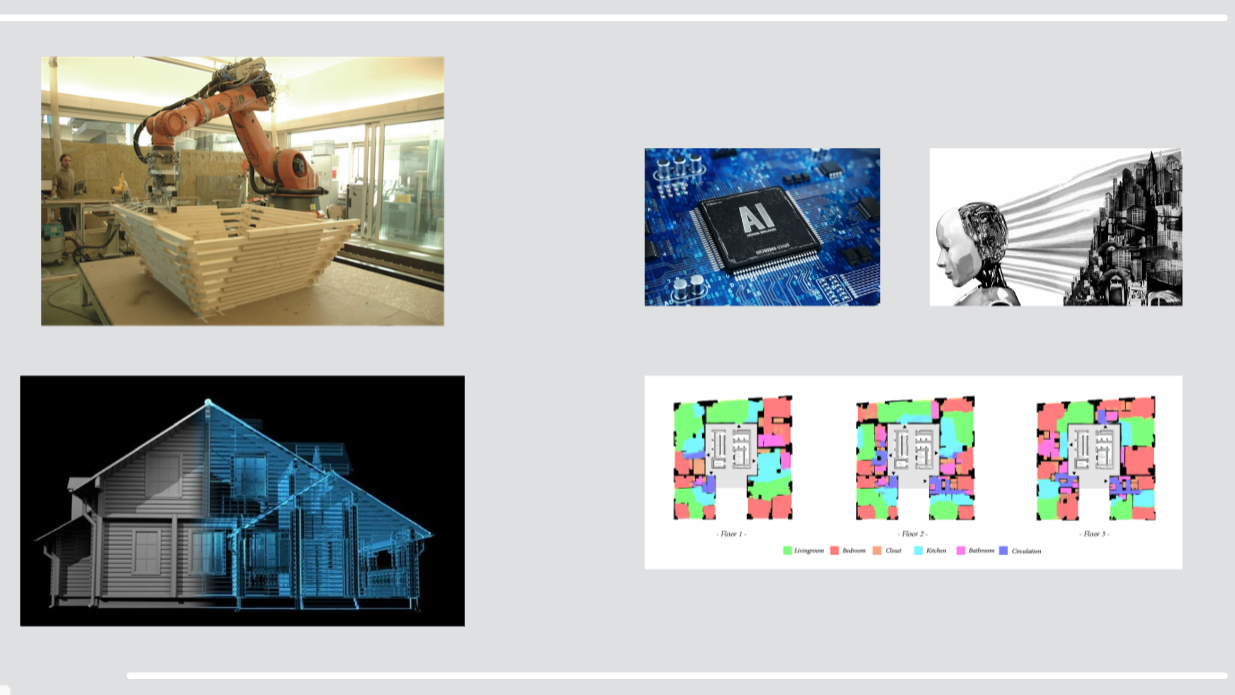
ECONOMIC SITUATION. HEALTH SITUATION.
Neither economy or architecture can’t live without the other, along the history economy and architecture have been evolving over the years getting adapted to each other. Economy sustent architecture and construction, when a country gets affected by crisis constructions stops because there is no money to sustain the project or pay architects work which affects negatively; but on the other hand when the country is going through a good economic period,architecture and construction activity increases on its public and private side. Through the history we can see an evolution of architecture because of the economy, few centuries ago it was little people who could afford a good house made by a professional because the majority of the population were rancher or craftsmans with few resources, but as the sametime that the society have been evolving it have been increasing the resources of it and the architecture. Taking into account all this we can analyze who could be architecture in five or ten years. In the last few years, in my experience, construction has been increasing and evolving. After the sanitary crisis caused by the COVID-19 economy in every sense, public and private, is in
a critical situation that will affect architecture and architects. Economists affirm that this crisis could resist for the next years but architects are finding the way if make new and cheapest architecture and that’s the near future of architecture, projects build with differents materials and techniques that will make them cheapers and economic allowing construction increases and spaces for all economic circumstances, helping at the same time to the general economy of the country.
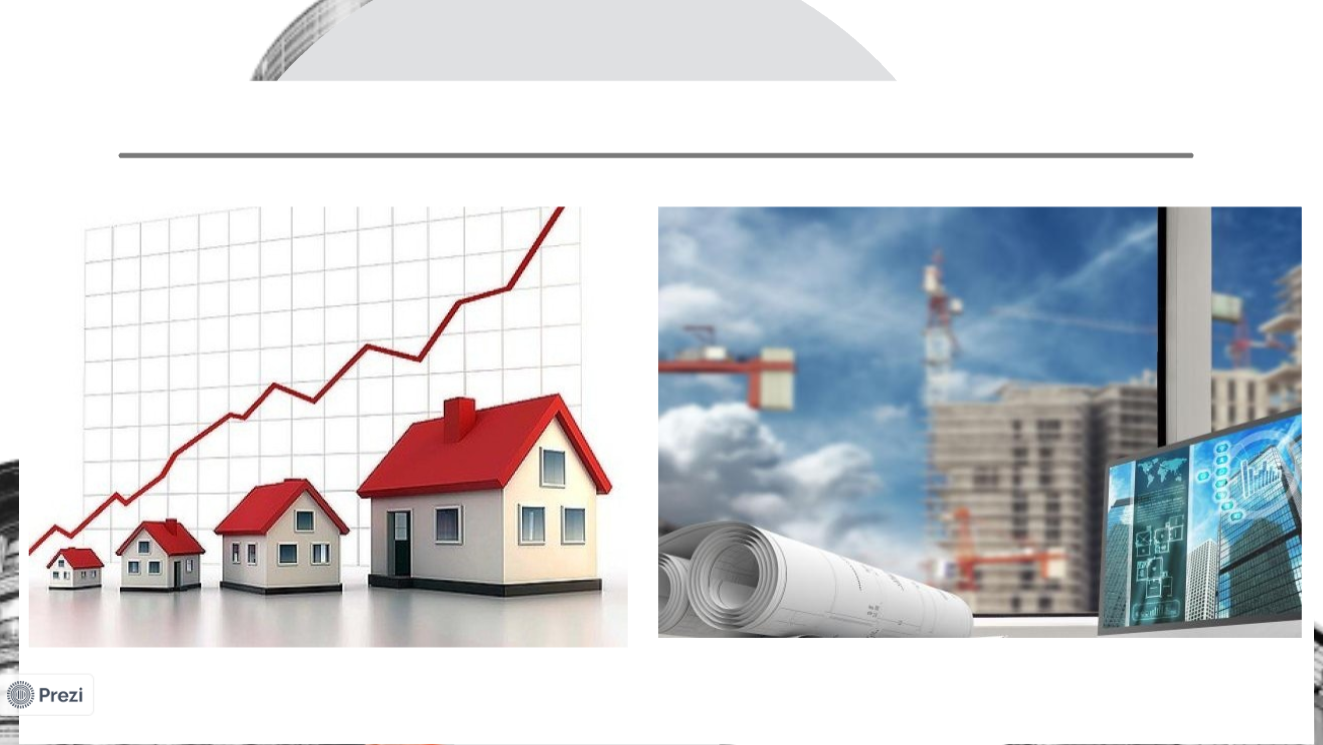
POLITICAL SITUATION. PHILOSOPHICAL THINKING
To explain it in a political and philosophical way, I’m gonna use two ideas, first one about how it develops in hostile conditions and the other one is about how it could be used to show what they want to represent to others. The architecture has always been adapted to the times in which it lives. In war times, the architecture tends to be more practical, useful and cheaper, quite the opposite when the things go right, when the architecture is more free and artistic. Anyways, the architecture in 5 or 10 years will be marked if there is an important conflict between the main powers. One could be the problem of the expansionism of China on the pacific ocean. Historically architecture has been used as a symbol of power and wealth, to impress and to express superiority. A good example could be Mussolini with the ostiense station, built when Hitler visited Rome, as political material. An actual example could be in Dubai, with the Burj Khalifa, built to show Dubai as one of the most important cities in the world. The political situation can’t be predicted, so it could be very different. But in the case of tension, countries would try to show who is more powerful. And in the case of a real international problem architecture would be totally transformed.
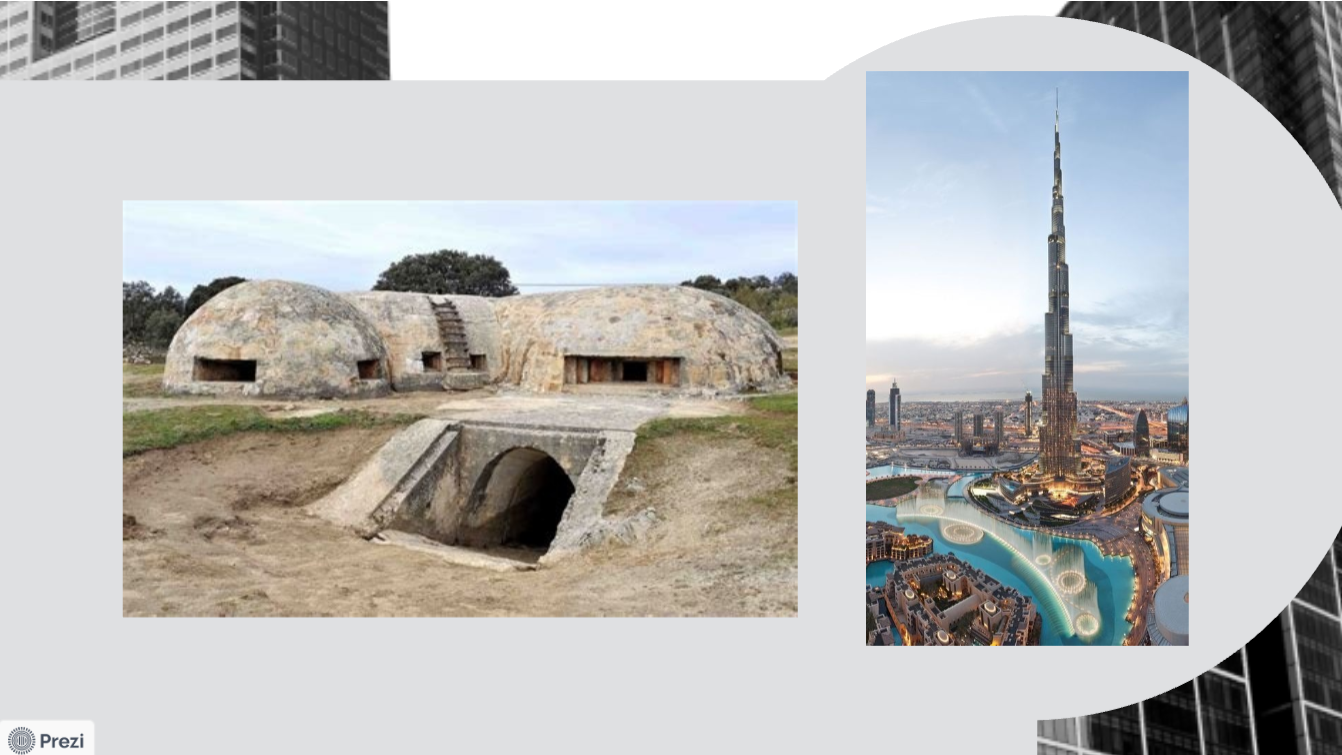
CLIMATE CONDITIONS. NATURE
To finish up, we have to talk about the climate situation. This is a very important and actual topic that will affect the most in the future in many aspects including architecture. In fact, in 2006, the nonprofit group Architecture 2030 issued the 2030 Challenge, which seeks to make all new buildings, developments and renovations carbon-neutral by 2030. Although the 2030 goals are high, there’s an obstacle: participation is still optional, so for now it’s up to individual firms to choose if they make a difference. However, architects do have to follow building codes, so an essential part of pushing the industry toward energy efficiency will be changing those codes on local, state, and even international levels. One area where this is key is affordable housing, particularly given that climate change will
have a larger impact on lower-income and marginalized communities. And even though initial costs will be high in the long run they are worth it. Big ideas and commitment will be necessary to make meaningful progress in the coming
years.
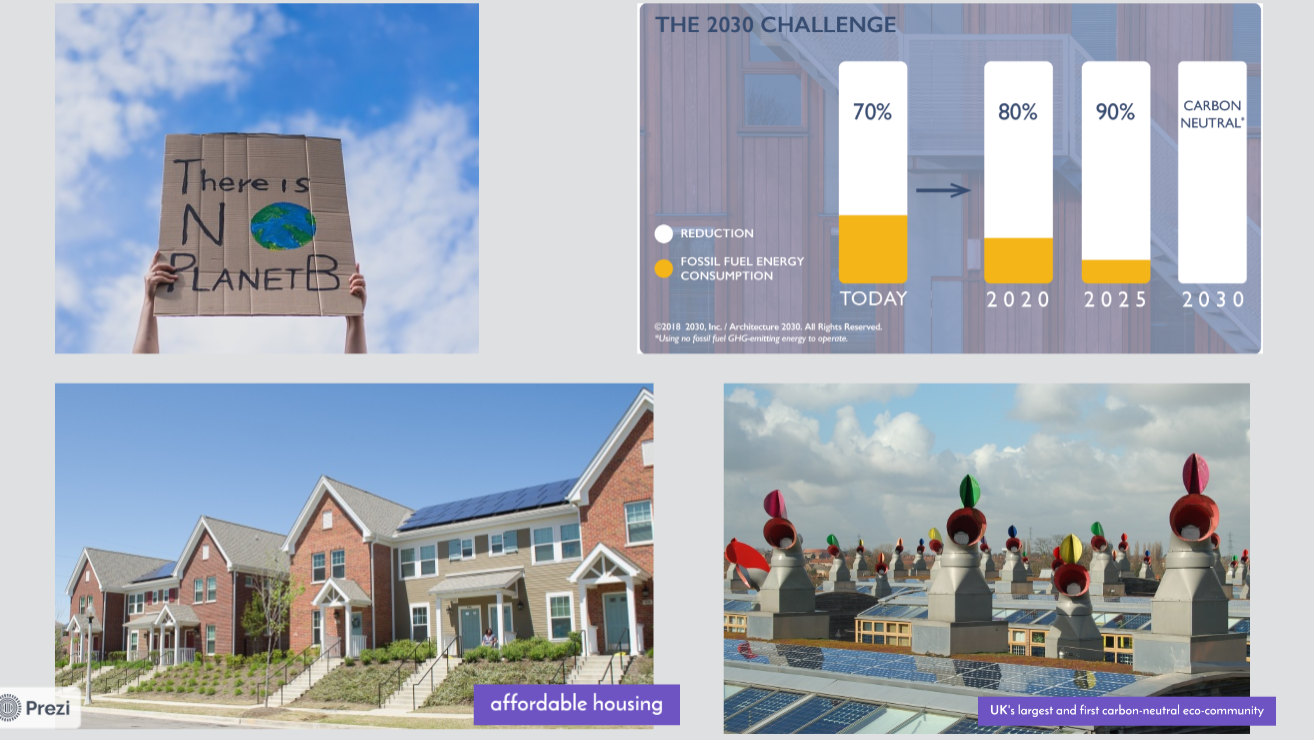
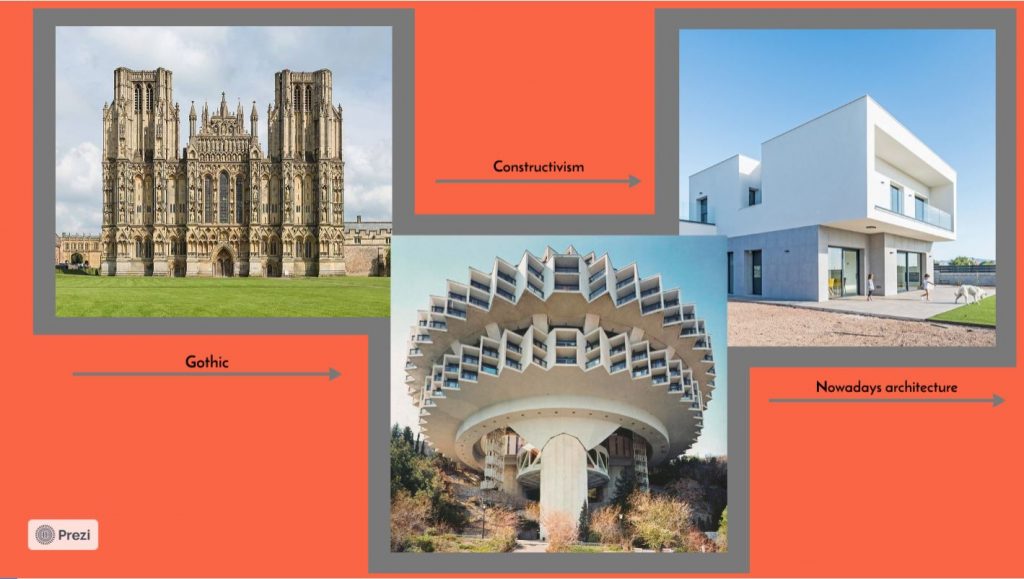

Hola, esto es un comentario. Para empezar a moderar, editar y borrar comentarios, por favor, visita la pantalla de comentarios…